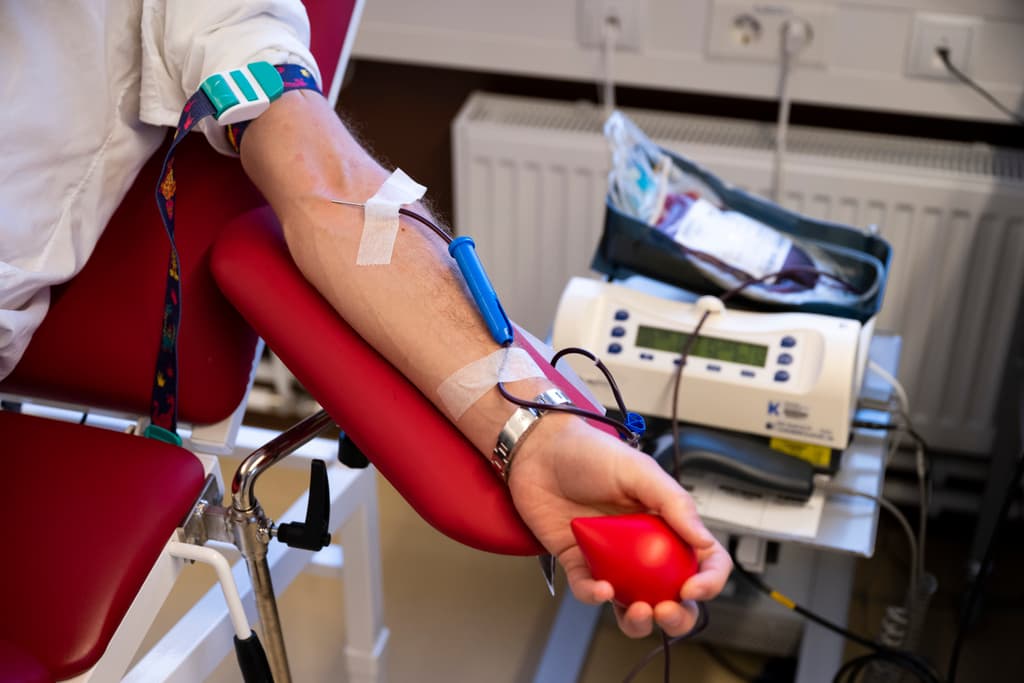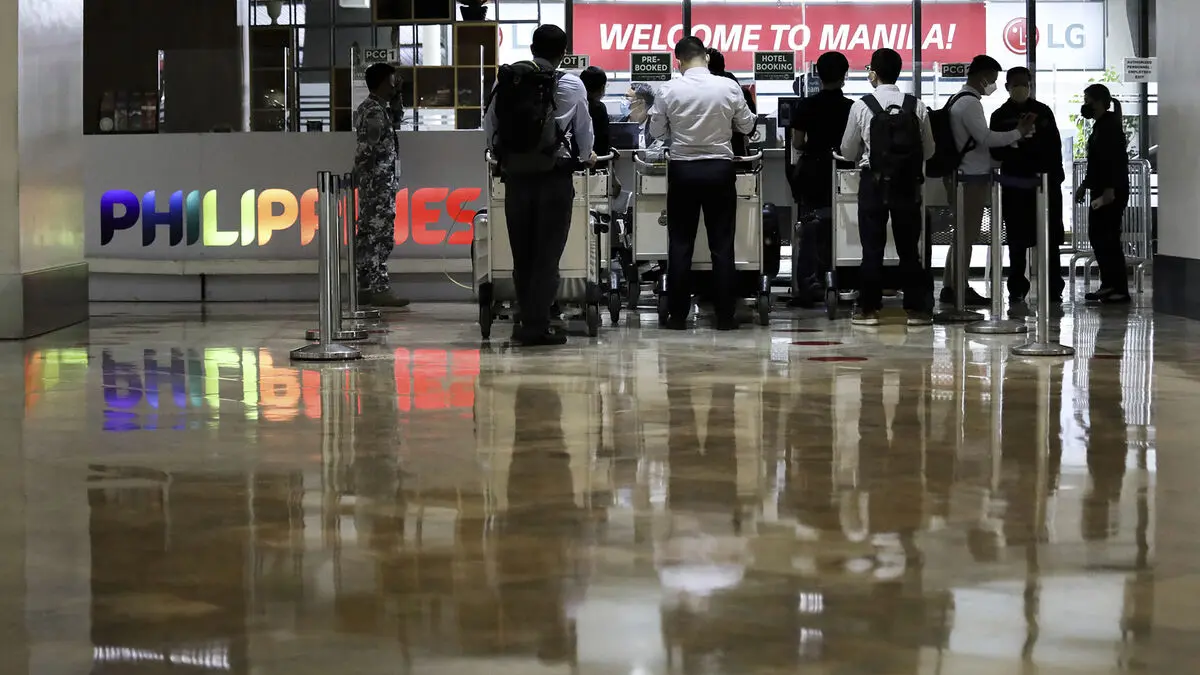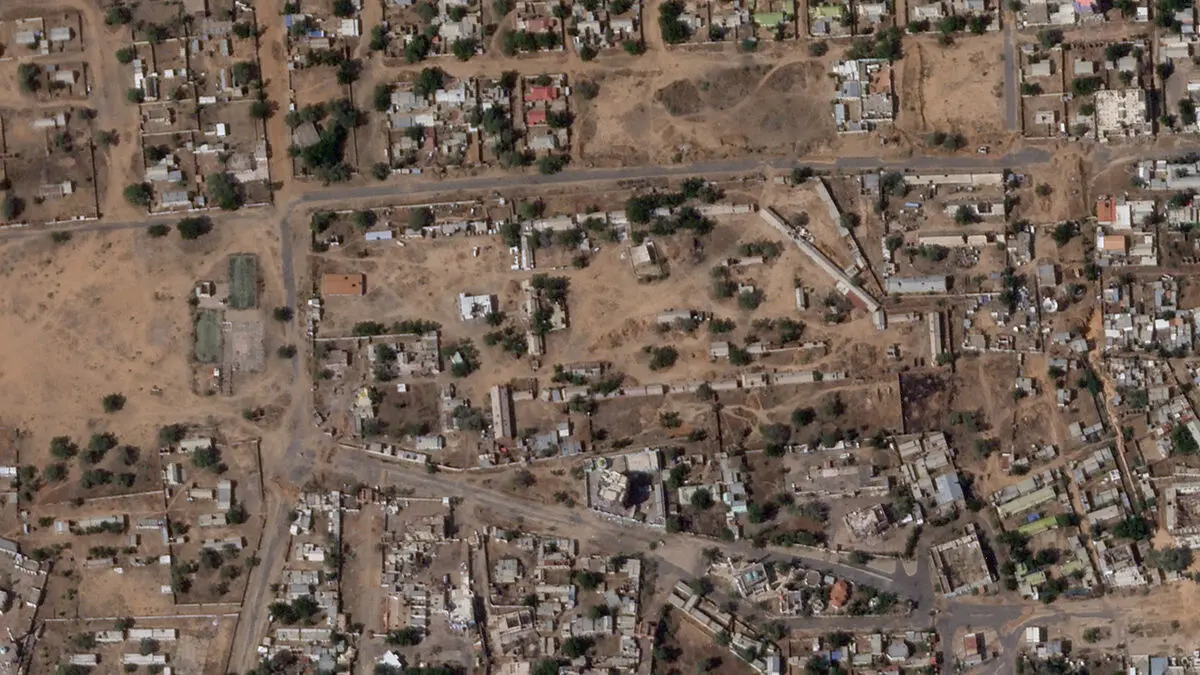The number of blood donors in Sweden needs to be doubled, according to the National Board of Health and Welfare. Otherwise, Sweden will not be able to maintain a state of readiness in a crisis situation with many injured people.
"It is primarily in the major cities that the number of blood donors needs to increase", says Helena Ström, expert on blood issues at the National Board of Health and Welfare, in a press release.
There are approximately 200,000 active blood donors today. The number needs to be doubled, and reach five per cent of the population, according to the National Board of Health and Welfare. This is to achieve a stronger state of readiness in the event of incidents with many injured people.
"It happens that operations and treatments are cancelled, and if a major crisis were to occur, there is currently no effective way to quickly obtain a large amount of blood", says Taha Alexandersson, head of the crisis preparedness and civil defence department at the agency.
In 2023, 41,602 people signed up as new blood donors in Sweden, according to statistics from the Swedish Blood Alliance. This is a decrease of 14 per cent compared to the previous year, when the number of new registrations was 48,318.
At the same time, a survey from the National Board of Health and Welfare shows that 64 per cent of Swedes are willing to give blood, but only 3 per cent do so.
"We need to reach the young people, primarily the men, who give blood to a lesser extent than young women", says Ulrika Ljung, spokesperson for the regional blood centre network Geblod, in a press release.
The blood you donate can, for example, be used in operations and treatment of various diseases.
To become a blood donor, you usually need to be between 18 and 60 years old, although the age limits may vary depending on the region.
You must also be in good health and weigh over 50 kilos.
Furthermore, your haemoglobin level needs to be sufficiently high.
On certain occasions, you are not allowed to give blood, for example, if you are pregnant, if you have visited certain countries, or if there is a risk that you have been exposed to blood-borne infections.
When visiting a blood centre or blood bus, you need to show identification and have a Swedish personal identity number. You will then fill in a health form before the blood donation begins. The entire visit takes approximately 30 minutes.
Source: 1177





